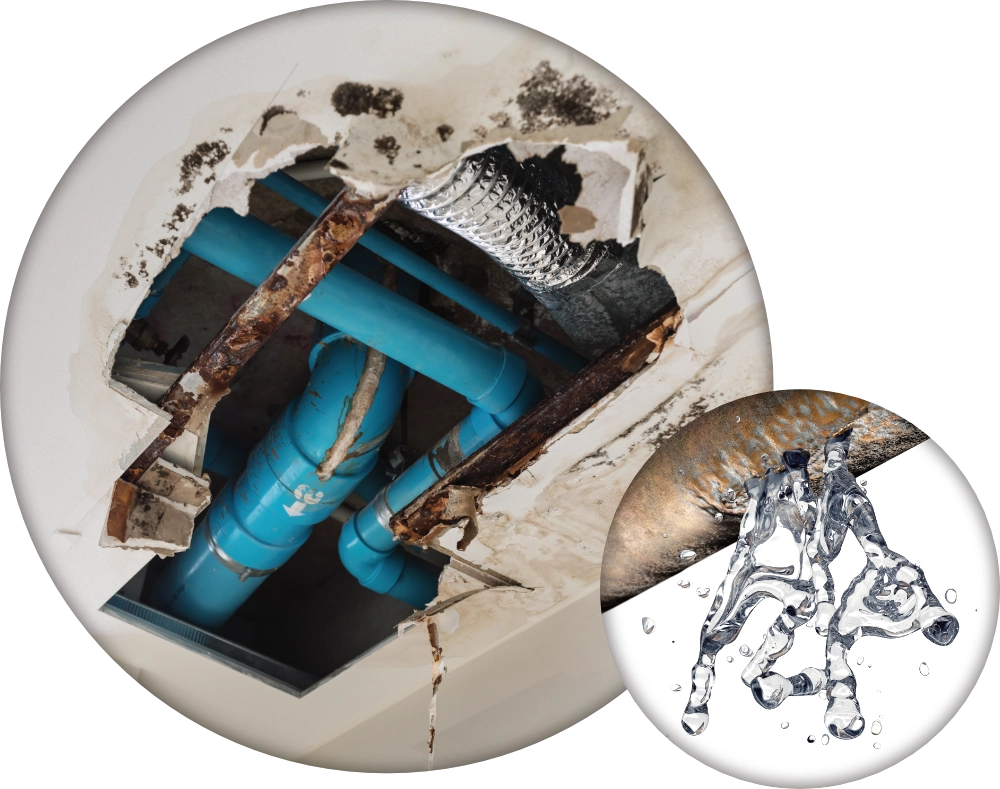Facebook
Twitter
LinkedIn
Email
Print
 properties until it’s too late and the damage is done. According to a report from ConsumerView, titled ‘Quantitative Assessment in Europe’, 50% of households in Europe have experienced water damage. Similarly, the Insurance Industry Research organization estimates that 14,000 people in the US experience a water damage emergency at home or work every day and the annual cost to insurance companies is approximately US $2.5 billion.
properties until it’s too late and the damage is done. According to a report from ConsumerView, titled ‘Quantitative Assessment in Europe’, 50% of households in Europe have experienced water damage. Similarly, the Insurance Industry Research organization estimates that 14,000 people in the US experience a water damage emergency at home or work every day and the annual cost to insurance companies is approximately US $2.5 billion.